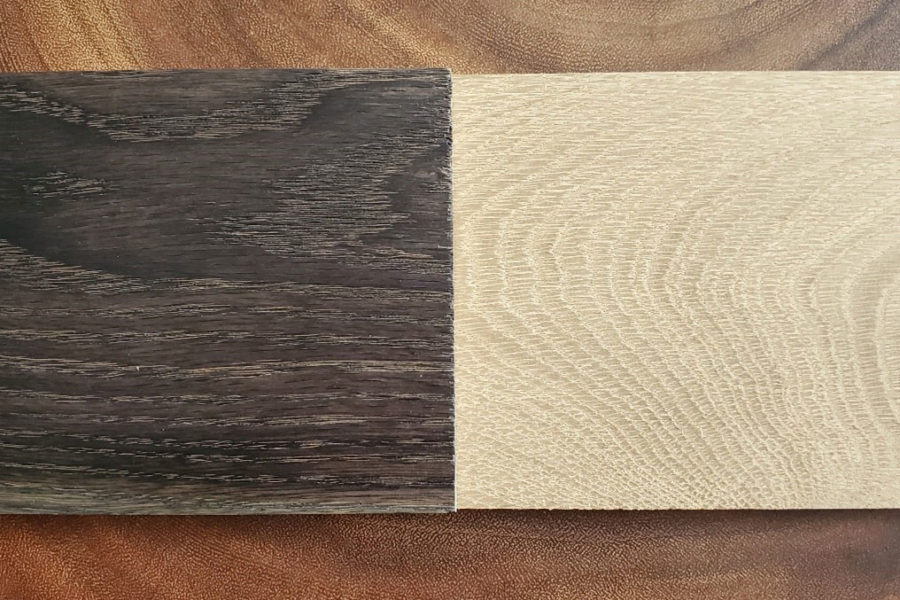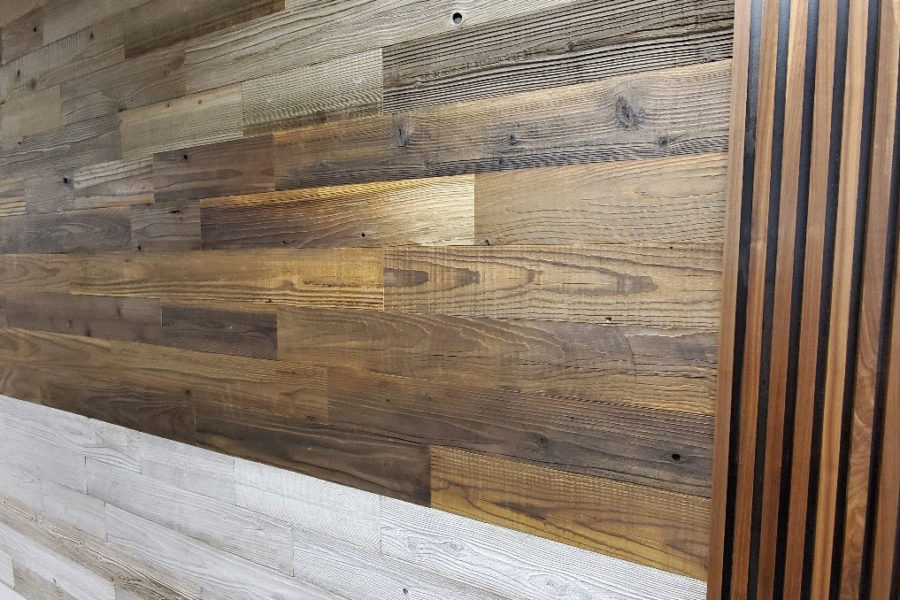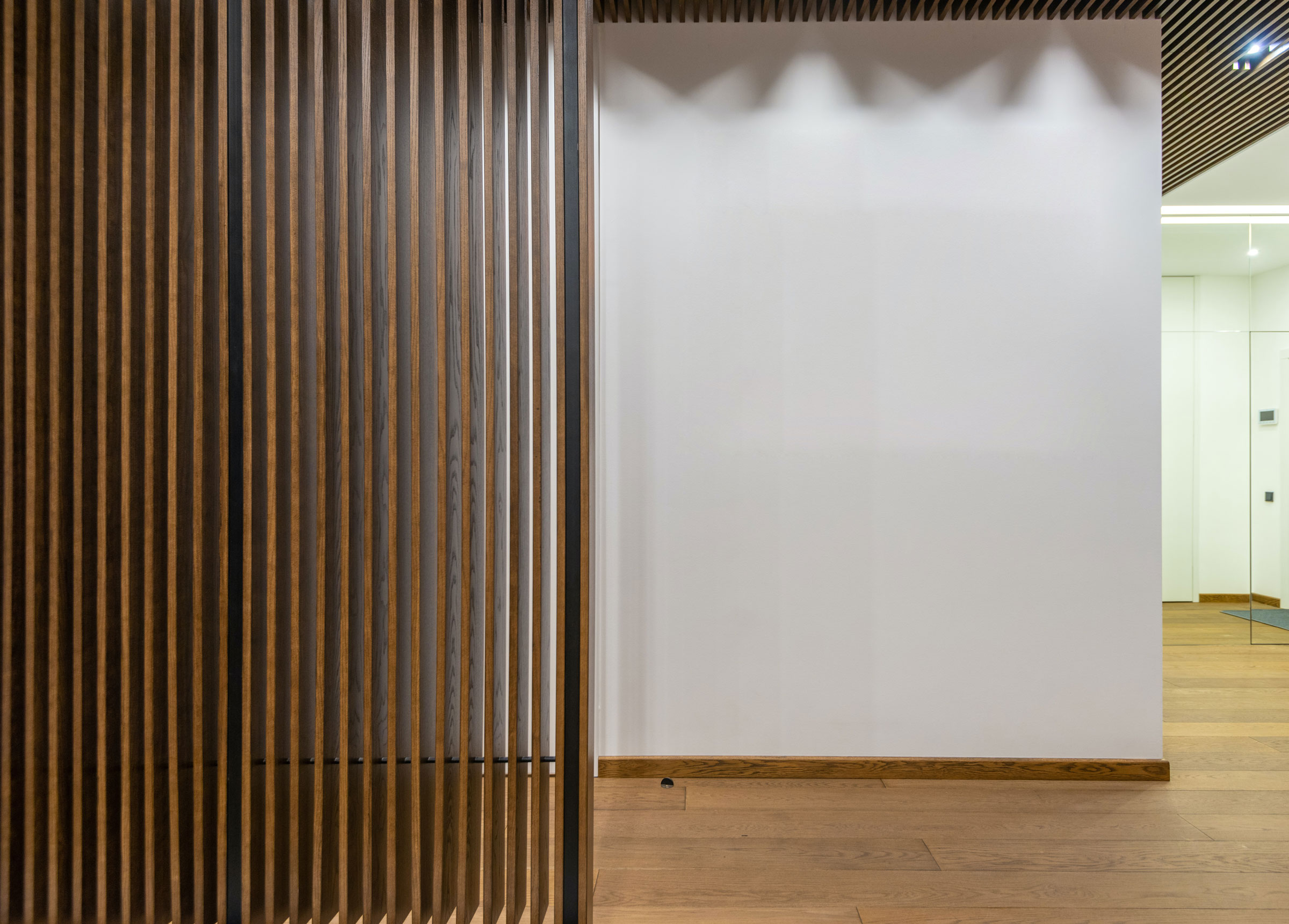Many groundbreaking architectural designs rise to popularity because of their uniqueness or signature features that make them stand out from the crowd. Some would say that to be spotlighted in this industry, the design needs to be unlike anything created before.
Wood is a versatile material that has been pivotal in allowing many professionals do just that—build innovative structures. Not only does building with wood offer numerous color and pattern options, but it is also an all-natural, renewable resource. From rare African Pink Ivory wood with snakeskin-like bark to America’s favorite reddish-brown Red Oak, architects and designers can produce exactly what their clients envision. That is the mission at Woodstock Architectural Products—to bring customers’ design visions to life—and we do that with tannin solutions.
While using a hard-to-find wood species is one way to guarantee a signature design, it is something others can find and replicate. What if there is a way to acquire wood panels that are difficult for others to re-produce—wood whose inner beauty has been cultivated?
Tannic acid that can be extracted from bark, wood, stems, and leaves is used as an all-natural compound to dye other surfaces. When the compound is mixed just right and applied on certain wood species, the reaction exposes multiple shades of brown, black, and red. Tweaking that mixture and its application can result in one-of-a-kind finishes that transform the wood.
Woodstock Architectural Products uses custom tannin solutions in its signature line of wood panels. These custom wood colors were developed for builders who want an exceptional look their competitors can’t easily imitate. We’re going to explore why choosing custom wood panels that are organically colored is the green building choice.
What is a Tannin Solution?

Oak wood panel with custom tannin solution applied at Woodstock Architectural Products. Photo courtesy of Woodstock Architectural Products
Tannin is a natural chemical found in wood that protects against bacteria and fungi growth. Tannins have been used for decades to dye cowhide into leather, add color to teas, and dye photographs. The word tannin originates from the word oak in German (tanna). Some of the best woods to extract tannins from and use tannins on are Oak, Alder, and Walnut. Our solution is tannin-based with other natural properties that work together to create unique colors. Woodstock’s solution is guaranteed organic, as it’s extracted from the wood itself that the solution is then applied back onto.
Woodstock’s process when doing a custom oak tannin solution is not one step. The finished product involves multiple steps, starting with running the lumber (wood planks) through a top-of-the-line precision moulder. Custom orders are true to their name, as you have ability to determine the width, length, shape (profile), species, and color of your panels. Once the lumber is trimmed to your request, the tannin compound is applied, and the wood is left to dry. It’s finished with additional applications of tannin until the desired color is achieved.
The process takes time, and attention to detail is essential. When the color is achieved, the panel is finished with a clear topcoat or a different formula for a subtle shine. The process may differ from species to species. For example, a lighter wood like birch needs rounds of solution applied to activate different colors within the wood.
A crucial part of the custom solution is understanding how to activate the tannins within the wood to bring those colors out. That’s a part of the process I’ve spent the last couple years perfecting. Wood is truly as one-of-a-kind as we are as humans—no two planks are alike. And so no two tannin applications come out exactly alike. The shades may be slightly different and hardly noticeable, but it makes me smile. Wood is a wonder and even as I try to master it, it reminds me that it can’t be tamed.
It’s More Than Color Alone

This creative wall of tannin solutions on different species of wood offers interior design ideas at Woodstock Architectural Products. Photo courtesy of Woodstock Architectural Products
Are tannins the only all-natural solution to making different color wood panels? No. But does this process allow the wood to maintain as much of its organic characteristics as possible? Yes.

Custom reclaimed wood wall panels with Woodstock AP tannin solution. Photo courtesy of Woodstock Architectural Products
The wood grain is the core of its beauty and authenticity; it is something that should be preserved, not altered in any way. The most common color-changing choice for wood is to stain it, but staining can cover the grain of the wood. Those swirls and cathedrals, circular growth lines, and imperfect knots are the wood’s texture. In building and design, an item is not selected for its color alone but also for its texture.
Wood is often chosen by homeowners and designers for its rough, natural texture and classic look—it adds depth and character to any room. For instance, why would you choose wood flooring over tile flooring? Not because it’s the money-saving choice but because of its eco-friendly qualities, durability, color, and feel. The same is true when it comes to wood panels for your walls, ceiling, or siding. With tannins the wood is nurtured to reveal its inner beauty while preserving its outer beauty.
Woodstock Architectural Products has created wood panel colors no one else has and can create a custom color for you. We are always searching for wood products that others have a hard time finding and building that for them. We’ve added custom architectural panels in many Las Vegas commercial remodels. These projects are especially fun because it is creating something that no one has ever seen before.


